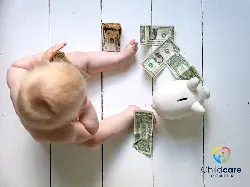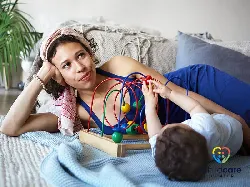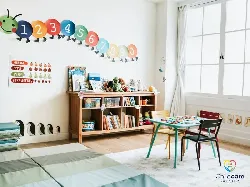Private Preschool vs. Public Preschool: Does It Matter?
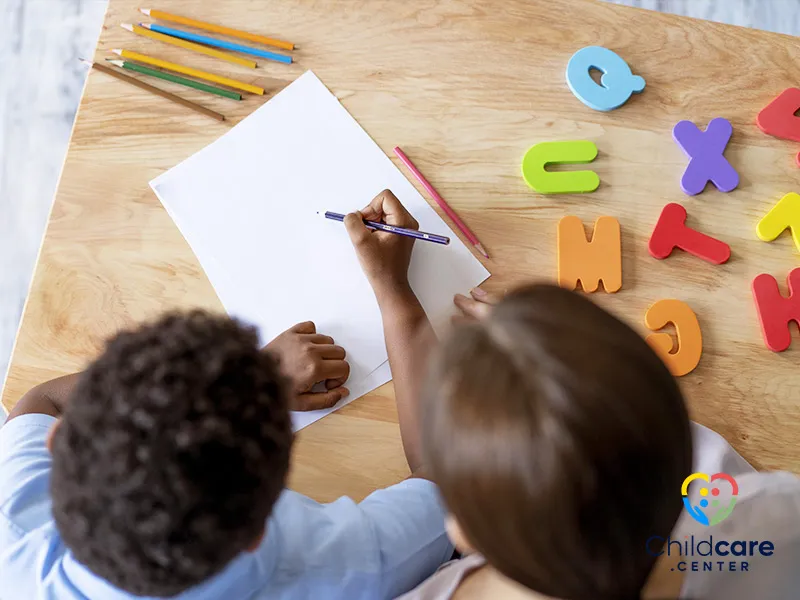
When it comes to choosing a preschool for your child, there are several options available. Two of the most popular choices are private and public preschools. Private preschools are typically run by independent organizations, while public preschools are part of the public school system. But does it really matter which one you choose?
Research has shown that attending preschool can have a significant impact on a child's social, emotional, and academic development. Preschool can help children develop important skills like communication, problem-solving, and cooperation. It can also help them prepare for kindergarten and future academic success. However, the quality of the preschool experience can vary greatly depending on the program's curriculum, teacher qualifications, and resources. Parents should prioritize finding a high-quality preschool, whether it's private or public, to ensure their child has the best possible start to their education. A high-quality preschool experience can set the foundation for a lifetime of learning and success.
Private Preschool vs. Public Preschool
Private preschools are typically run by independent organizations, while public preschools are part of the public school system. The main difference between the two is that private preschools are funded by tuition and private donations, while public preschools are funded by taxpayer dollars. There are several factors to consider when deciding between private and public preschools, including cost, curriculum, teacher qualifications, and more. When considering the type of preschool to enroll your child in, it is important to take into account the different educational philosophies and approaches that are available.
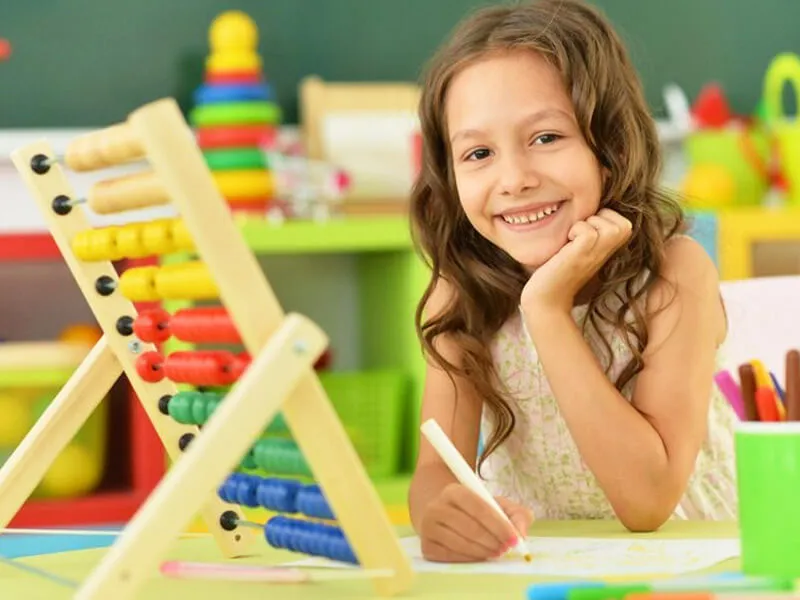
Private preschools often follow a specific approach, such as Montessori, Waldorf, or Reggio Emilia, which shapes their curriculum and teaching methods.
On the other hand, public preschools may adhere to a more standardized approach, such as the HighScope or Creative Curriculum. It is crucial for parents to research and understand these different approaches to determine which one aligns best with their child's learning style and goals.
As discussed in, "What Are the Different Types of Preschools?", Montessori preschools focus on self-directed learning and practical life skills, while Waldorf preschools emphasize imaginative play and creativity. Reggio Emilia preschools prioritize social and emotional development through collaboration and exploration. On the other hand, the HighScope Curriculum focuses on active learning through hands-on experiences and problem-solving, while the Creative Curriculum emphasizes play-based learning and socialization.
Choosing a preschool that aligns with your educational values and beliefs can help ensure that your child receives a high-quality education and is prepared for future academic success. Therefore, it is essential to do your research and carefully consider the different options available before making a decision.
In both private and public preschool settings, a key component of early education is fostering literacy skills in young children. Regardless of the preschool type you choose, it's crucial to ensure that your child is exposed to an environment that encourages the development of reading skills. For parents and educators looking to enhance their approach to teaching reading in these early years, 'Essential Tips to Teach Kids to Read Effortlessly!' offers valuable insights and strategies. This resource can be particularly beneficial in complementing the curriculum and teaching methods of your chosen preschool, whether it's private or public, by providing practical tips to make reading a fun and engaging part of early childhood education.
Pros of Public Preschool:
Public preschools are generally more affordable than private preschools, and in some cases, they may even be free. This can be a major advantage for families who are on a tight budget.
Public preschools also have to follow state and federal regulations, which means that they have to meet certain standards in terms of curriculum, facilities, and teacher qualifications. This can give parents peace of mind knowing that their child is receiving a quality education. Moreover, public preschools often have a well-established system of support services, including health screenings and special education programs, which can benefit children with different needs and abilities.

Another advantage of public preschools is that they are often part of a larger school district, which can provide a sense of community and access to additional resources. For example, public preschools may have access to after-school programs, tutoring services, and other resources that private preschools may not offer.
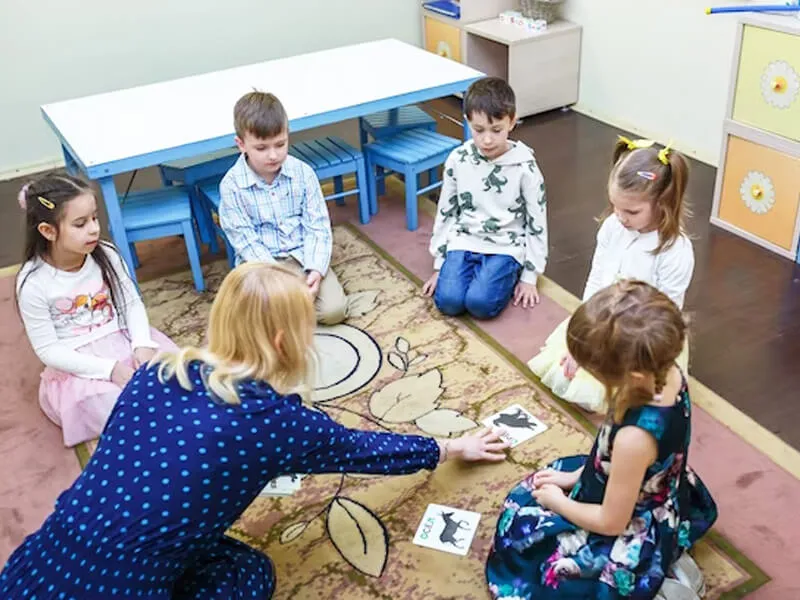
One more advantage of public preschools is that they often have a diverse student population. Public preschools are open to all children regardless of their background or socioeconomic status, which can lead to a more diverse classroom environment. This can be beneficial for children as they learn to interact with peers from different backgrounds and cultures, and can help promote empathy and understanding. Additionally, a diverse student body can also expose children to different ideas and perspectives, which can help foster creativity and critical thinking skills.
Cons of Public Preschool:
One potential downside of public preschools is that they may have larger class sizes than private preschools. This can make it harder for teachers to provide individualized attention to each child. Additionally, public preschools may have less flexibility in terms of curriculum and teaching methods compared to private preschools. This can be a disadvantage for parents who are looking for a specific type of educational approach for their child
Another potential con of public preschools is that they may have limited availability and enrollment periods. Due to budget constraints and limited resources, some public preschools may only offer a certain number of spots for students, and enrollment periods may be limited to specific times of the year. This can be a disadvantage for parents who need more flexibility in terms of enrollment dates and may lead to longer waitlists and less certainty about securing a spot for their child.
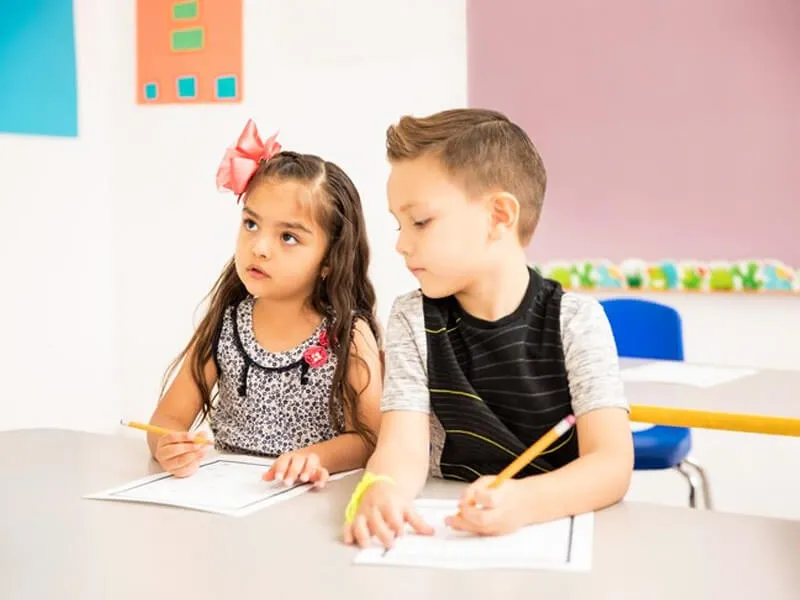
Additionally, some public preschools may have longer waitlists or more competitive enrollment processes, especially in areas with high demand and limited capacity. Moreover, public preschools may have less resources for extracurricular activities and specialized programs compared to private preschools. Private preschools often have more funding for additional programs such as music lessons, language classes, and other enrichment activities. While public preschools may offer some extracurricular activities, they may be more limited in scope and availability. This may be a disadvantage for parents who are looking for a more comprehensive education for their child that includes a variety of programs and activities beyond the standard curriculum.

Pros of Private Preschool:
Private preschools often have smaller class sizes than public preschools, which can allow for more personalized attention and instruction. They may also have more flexibility in terms of curriculum and teaching methods, which can be a major advantage for families who are looking for a specific type of educational approach. Private preschools may also offer additional services such as before- and after-school care, extracurricular activities, and enrichment programs.
However, private preschools are generally more expensive than public preschools and may not be accessible to families with lower incomes or limited financial resources. Another advantage of private preschools is that they may have higher standards for teacher qualifications compared to public preschools. This can ensure that your child is being taught by highly qualified and experienced teachers who are dedicated to providing the best possible education.
In addition, private preschools may also have a more specialized focus or philosophy, such as a Montessori or Waldorf approach, which may align better with a family's values or educational goals for their child. Private preschools may also offer a more exclusive and selective environment, which can create a sense of prestige and exclusivity for families who value that. However, it's important to note that private preschools can come with a higher price tag and may not be feasible for all families, which can limit accessibility to certain socioeconomic groups.
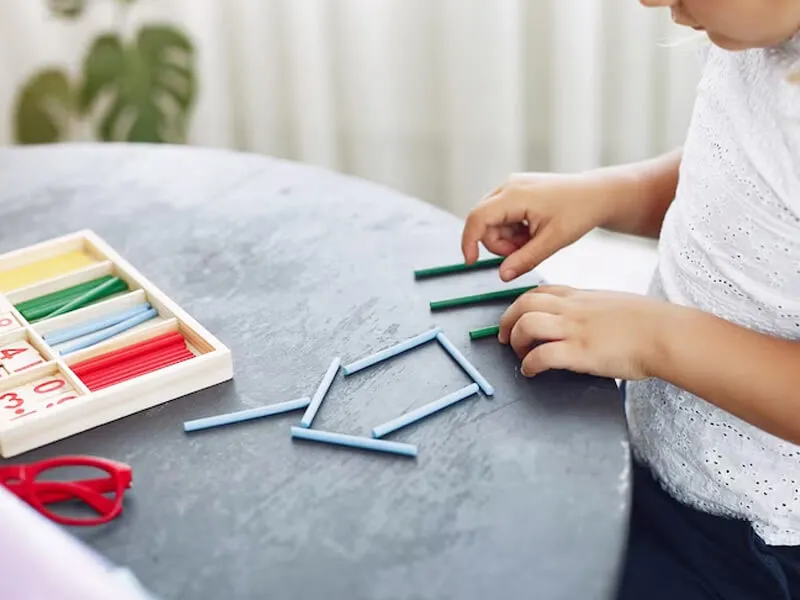
Cons of Private Preschool:
One potential downside of private preschools is that they can be more expensive than public preschools. Additionally, not all private preschools are created equal, and some may not meet the same standards as public preschools in terms of teacher qualifications, facilities, and curriculum. This can make it challenging for parents to determine which private preschools are worth the investment.

Another potential downside of private preschools is that they may not have the same level of diversity and inclusivity as public preschools. Since private preschools are often run by independent organizations, they may not have the same level of accountability and transparency as public preschools when it comes to issues of diversity and inclusivity. Furthermore, private preschools may have a more competitive and stressful environment compared to public preschools.
While private preschools may offer a higher quality education, they may also put more pressure on young children to perform academically, which can have negative effects on their social and emotional development. This can be particularly challenging for children who are already experiencing stress and anxiety in their home life, as they may not have the coping mechanisms to deal with the added pressure of a competitive educational environment. Additionally, some private preschools may not offer the same level of support for children with special needs, which can be a disadvantage for families who have children with disabilities or learning differences.
Six Differences Between Private Schools vs Public Schools:
Private schools and public schools have distinct differences in terms of their organization, funding, teaching methods, and governance. Here are six differences between private schools and public schools:
-
Funding and Tuition Fees
Private schools receive their funding from tuition fees, endowments, and donations. The tuition fees vary depending on the school, but they tend to be much higher than public schools. On the other hand, public schools receive their funding from local, state, and federal government taxes. As a result, public schools are generally free for students.
-
Curriculum and Class Size
Private schools have greater flexibility in designing their curriculum and can offer specialized programs that cater to the needs of individual students. They also tend to have smaller class sizes, which allows for more individual attention from teachers. In contrast, public schools have a standardized curriculum set by the state, which does not allow for much flexibility.
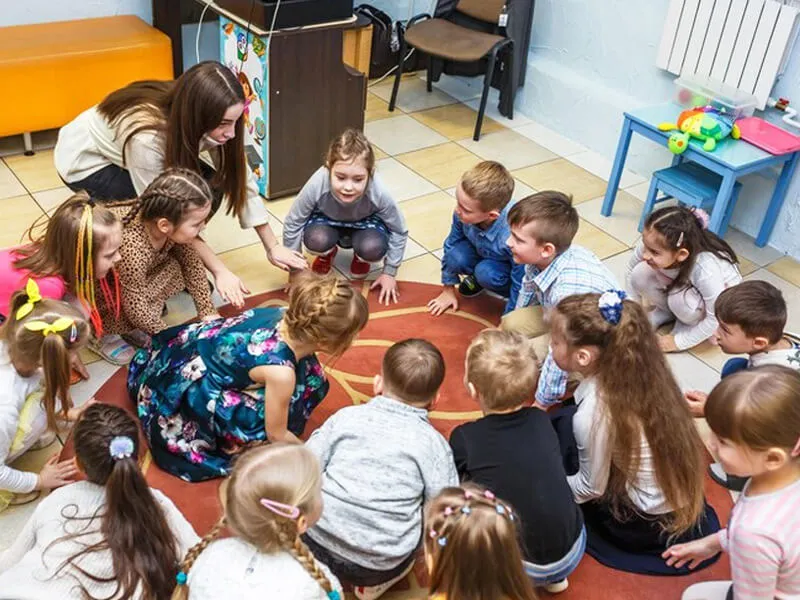
Additionally, public schools often have larger class sizes, which can make it challenging for teachers to provide personalized attention to each student.
-
Teachers and Qualifications
Private schools often have more rigorous teacher hiring requirements and higher qualifications than public schools. Private schools typically require teachers to have a degree in education, whereas public schools may hire teachers with only a bachelor’s degree. Private schools also tend to pay teachers more than public schools, which allows them to attract more experienced and qualified teachers.
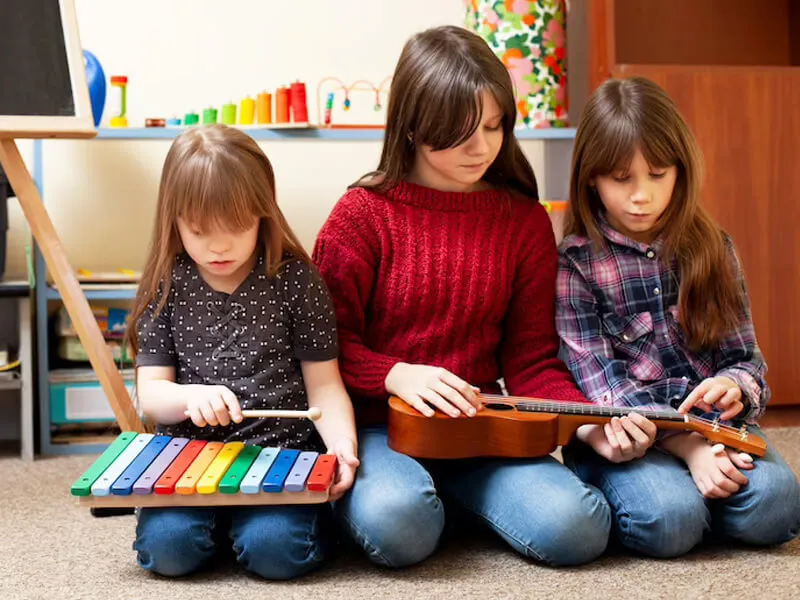
-
Governance and Administration
Private schools are run by private organizations or individuals, which gives them more autonomy in their operations and decision-making processes. In contrast, public schools are run by government entities and are subject to government regulations and oversight.
-
Extracurricular Activities
Private schools tend to offer a wider variety of extracurricular activities than public schools. These activities may include sports, music, theater, and community service programs.
-
Diversity and Student Body
Private schools tend to have a more homogenous student body, with fewer students from diverse backgrounds. This is because private schools often have high tuition fees, which can limit access for students from lower-income families. Public schools, on the other hand, tend to have a more diverse student body, with students from various socioeconomic backgrounds.
Are private school teachers more or less qualified than public school teachers?
One of the key differences between private and public schools is the qualifications of the teachers. Private schools often have more rigorous hiring requirements and higher qualifications for their teachers. Many private schools require their teachers to have a degree in education, and some even require a master’s degree in a specialized field. Additionally, private schools may have more autonomy in terms of hiring and firing teachers, which can lead to more consistent and higher quality instruction.

Public schools, on the other hand, may have less stringent requirements for their teachers. While many states require public school teachers to hold a bachelor’s degree and a teaching certificate, the specific requirements can vary widely depending on the state and district.

Additionally, public schools often have to hire a larger number of teachers due to their larger student populations, which can make it more difficult to ensure that all teachers meet high qualifications. Public schools may have more resources for teacher development, which can help improve their skills and knowledge. It is worth noting, however, that while private school teachers may have higher qualifications on average, this does not necessarily mean that they are better teachers than those in public schools.
Many public school teachers are highly qualified and dedicated professionals who are committed to providing their students with a high-quality education.
How much do public and private schools cost?
Another significant difference between private and public schools is the cost. Private schools generally charge tuition fees to cover the cost of education, while public schools are funded by the government and are free for students to attend.
The cost of private school tuition varies widely depending on the school and location. In contrast, public schools are funded by local, state, and federal government taxes and are free for students to attend. However, families may still incur some expenses for things like school supplies, transportation, and extracurricular activities. It is also worth noting that public schools are required by law to provide a free and appropriate education to all students, regardless of their ability to pay.
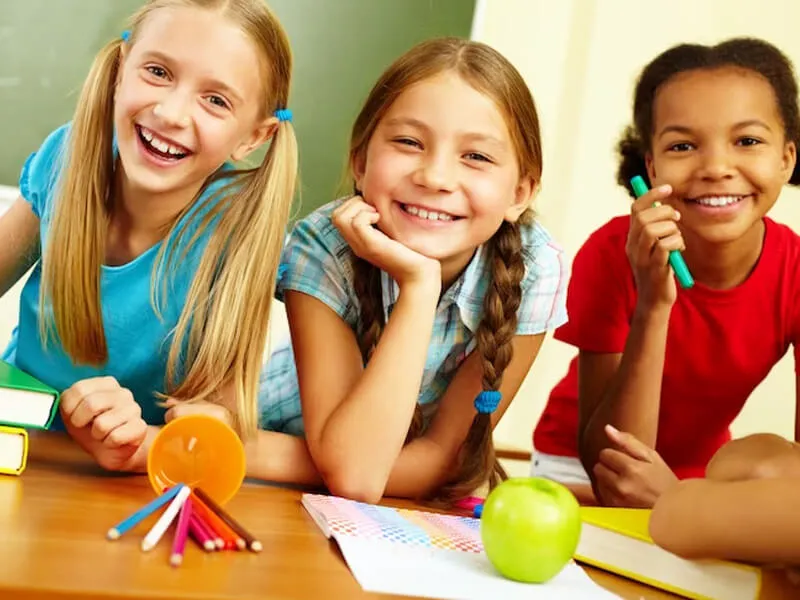
Private schools, on the other hand, are not required to admit all students and may have admission criteria based on academic achievement, behavioral standards, or other factors. Overall, the cost of education is a significant consideration for many families when choosing between public and private schools. While private schools may offer some advantages in terms of curriculum, class size, and teacher qualifications, the high cost of tuition can be prohibitive for many families. Public schools, on the other hand, are generally more accessible and can provide a high-quality education at no cost to families.
For more information about the costs of public and private schools in Canada, you can visit the Fraser Institute.
Conclusion
In conclusion, when it comes to choosing between private and public preschools, there are several factors to consider. Private preschools offer smaller class sizes, specialized curriculum, and more personalized attention, but come with a higher cost. Public preschools, on the other hand, are often more affordable and offer a wider range of programs and resources.
It's important to evaluate your family's needs, budget, and values when making this decision. Consider visiting both private and public preschools in your area, talking to teachers and administrators, and asking questions about their programs and policies.
Ultimately, the most important factor is finding a preschool that will provide your child with a safe, nurturing, and stimulating learning environment, and set them up for success in their academic and personal lives. Whether you choose a private or public preschool, what matters most is finding the right fit for your child and your family.






